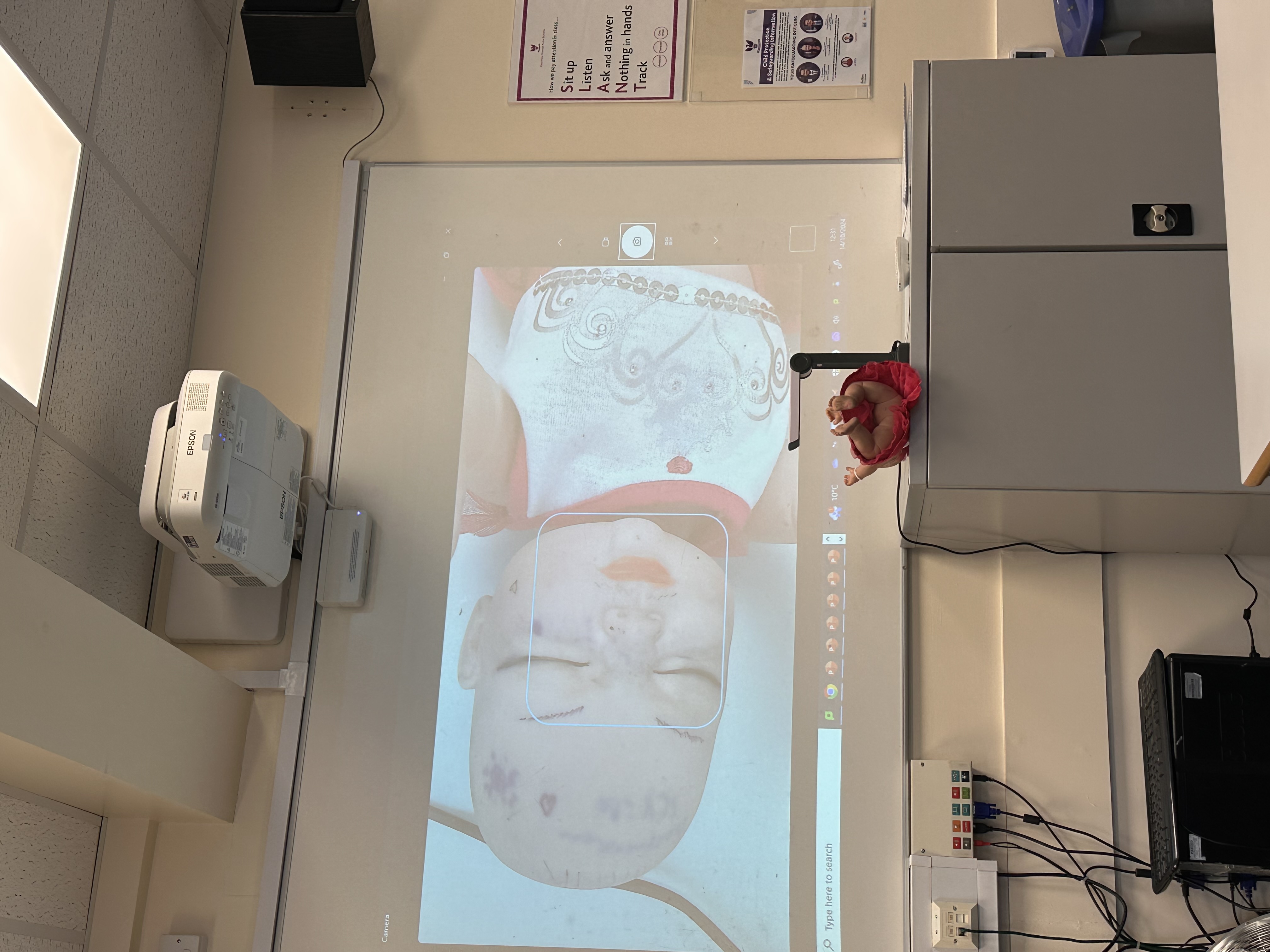The concepts of critical period and internal working model
Cards (7)
- Outline research into the critical periodThe critical period refers to the time frame in which an attachment must occur. For human infants, Bowlby proposed this critical period is 2 years.. This means that if an attachment does not form within the critical period of 2 years, it would be difficult for the infant to form an attachment and it could have long-lasting negative effects on their development.
- Strength of the concept of a critical period - received supporting evidenceLorenz' research found that goslings would imprint on the first moving object within 32 hours otherwise It was too late. This is a strength as it shows that goslings must attach within a critical period and so this may also apply to human infants. Therefore adds credibility.
- Limitation of the concept of a critical period - received opposing evidenceresearch has shown that human infants who werenot able to form an attachment within the first two years of life were later able to form attachments, it was just more difficult to do so. This is a limitationas it suggests that the critical period may be more of a sensitive period in humans. Therefore questions credibility.
- Outline internal working model.IWM -refers to a mental representation of our early attachment with our primary caregiver that provides a template of what we expect from future relationships. infants with a secure attachment would develop a positive IWM meaning they would also expect their future relationships to be loving and trusting. - more likely to experience positive later relationships. infants with insecure attachments - develop a negative IWM, meaning may expect their future relationships to be inconsistent/cold/rejecting. - more likely to experience negative later relationships.
- Strength of the IWM - received - supporting evidenceresearch found - infants who developsecure attachments - less likely to engage in bullying behaviours in childhood - more likely to develop healthy adult relationships with low ratesof divorce. those who developed insecure infant attachments - more likely to engage in bullying behaviours in childhood - likely to develop negative adult relationships characterised by high rates of divorce. strength as it shows a link between early attachment and how an infant later perceives/behaves in their childhood+adult relationships. adds cred
- Limitation of research into the IWM - based on correlational, retrospective dataThis is because research has involved participants looking back at their early childhood and answering questions about their early attachments. This data is then correlated with their current attachments to examine the effect of the internal working model. This is a limitation because the retrospective data can be subjective and, given it may be a long time ago, their recall may not be accurate.
- Limitation of research into the IWM - based on correlational, retrospective data - C + E cannot be establishedthe attempt to correlate early attachment with later relationships means that C + E cannot be established. because other factors may play a role e.g. the temperament of the person - if the person has a difficult temperament, they may have not developed a secure attachment with their caregiver and may also not develop healthy relationships as an adult. means that it is their personality traits, rather than their Internal working model, that is dictating their relationships ?cred
